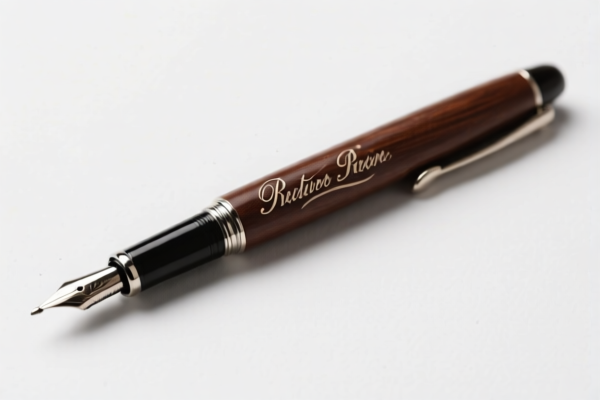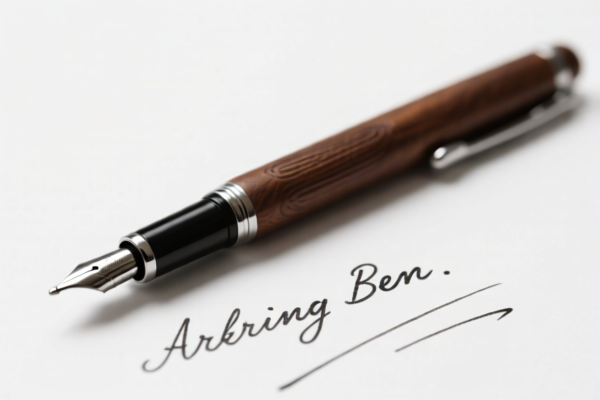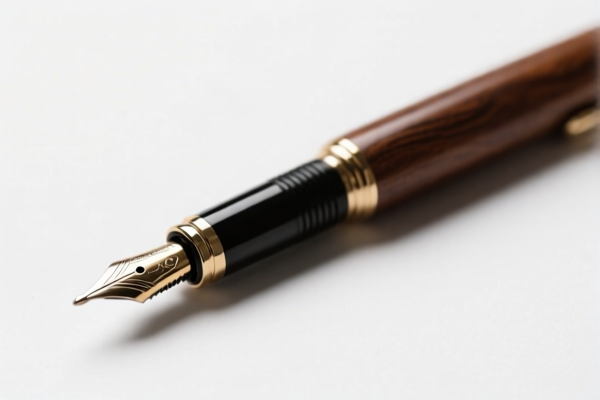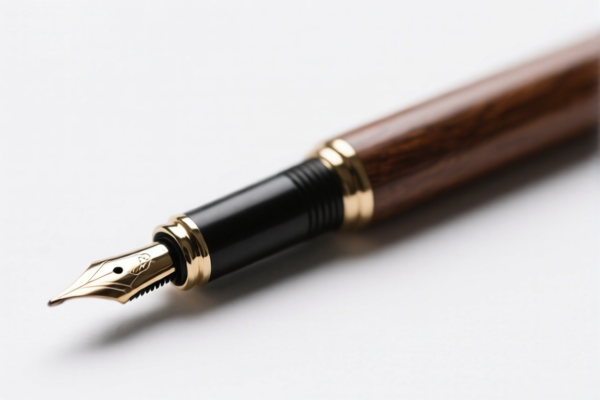| HS Code | Official Doc | Tariff Rate | Origin | Destination | Effective Date |
|---|---|---|---|---|---|
| 9608300031 | Doc | 0.4¢ each + 2.7%+37.5% | CN | US | 2025-05-12 |
| 9608300039 | Doc | 0.4¢ each + 2.7%+37.5% | CN | US | 2025-05-12 |
| 9609908000 | Doc | 37.5% | CN | US | 2025-05-12 |
| 8487900080 | Doc | 83.9% | CN | US | 2025-05-12 |
| 8205511500 | Doc | 55.0% | CN | US | 2025-05-12 |
| 8205598000 | Doc | 58.7% | CN | US | 2025-05-12 |
| 8206000000 | Doc | The rate of duty applicable to that article in the set subject t+30.0% | CN | US | 2025-05-12 |
| 8203103000 | Doc | 30.0% | CN | US | 2025-05-12 |
| 8203106000 | Doc | 55.0% | CN | US | 2025-05-12 |




Engraving Pen
An engraving pen is a specialized tool used to create designs on various materials by removing small amounts of material. It differs from traditional pens which deposit material, instead employing a cutting or abrasive point to etch a mark.
Materials
Engraving pens are designed for use on a wide range of materials, influencing the pen’s construction and tip type. Common materials include:
- Metals: Gold, silver, brass, copper, aluminum, steel. Requires robust tips, often made of carbide or diamond.
- Glass: Requires diamond tips and often a lubricant.
- Wood: Can be used on both softwoods and hardwoods; tips vary from steel to carbide.
- Plastic: Acrylic, Delrin, and other plastics are frequently engraved.
- Leather: Used for detailing and personalization.
- Stone: Softer stones like soapstone or slate can be engraved.
Purpose
The primary purpose of an engraving pen is to create permanent, detailed marks for:
- Personalization: Adding names, dates, or monograms to gifts, jewelry, or awards.
- Decoration: Creating intricate designs on decorative items.
- Identification: Marking tools, equipment, or valuables for tracking or ownership.
- Artistic Expression: Creating detailed artwork and illustrations.
- Crafting: Customizing materials for various projects.
Function
Engraving pens function by physically removing material from the surface being engraved. The core components are:
- Handle: Provides grip and control. Often ergonomic for extended use.
- Tip: The cutting or abrasive element. Tip shape and material determine the engraving style and material compatibility.
- Mechanism: Can be manual (hand-powered), rotary (motorized with rotating tip), or vibrational (using vibration to assist cutting).
- Power Source (if applicable): Rotary pens require electricity or batteries.
Usage Scenarios
- Jewelry Making: Engraving rings, pendants, bracelets, and other jewelry items.
- Glass Etching: Creating decorative patterns or monograms on glassware.
- Wood Carving: Adding details to wooden boxes, furniture, or plaques.
- Leather Crafting: Personalizing wallets, belts, or bags.
- Metal Marking: Engraving serial numbers or logos on tools or equipment.
- Sign Making: Creating custom signs or plaques.
Common Types
- Hand Engraving Pens: Require manual force and control. Suitable for detailed work and artistic engraving. Often used with interchangeable tips.
- Rotary Engraving Pens: Utilize a motor to spin the tip, reducing user effort. Faster and more efficient for larger areas or repetitive designs. Variable speed control is common.
- Diamond Tip Engraving Pens: Employ diamond-coated tips for hard materials like glass and stone.
- Carbide Tip Engraving Pens: Use carbide tips for metals, wood, and plastics. More durable than steel tips.
- Electric Engraving Pens: Higher power, suitable for more demanding applications and thicker materials.
- Vibrating Engraving Pens: Utilize vibration to assist the cutting process, reducing force needed and improving control.
- Stylus Engraving Pens: Used with specialized machines to engrave materials based on digital designs.
Engraving pens fall under the category of writing or drawing instruments. Based on the provided reference material, the following HS codes are relevant:
-
9608300031: This HS code covers ball point pens, felt tipped and other porous-tipped pens and markers, fountain pens, stylograph pens and other pens, duplicating styli, propelling or sliding pencils (for example, mechanical pencils), pen-holders, pencil-holders and similar holders, and parts (including caps and clips) of the foregoing articles, other than those of heading 9609, specifically Fountain pens, stylograph pens and other pens India ink drawing pens. The tax rate details include a base duty of 0.4¢ each + 2.7%, an additional tariff of 7.5%, and a tariff of 30.0% after April 2, 2025. The total tax rate is 0.4¢ each + 2.7% + 37.5%.
-
9608300039: This HS code also covers ball point pens, felt tipped and other porous-tipped pens and markers, fountain pens, stylograph pens and other pens, duplicating styli, propelling or sliding pencils (for example, mechanical pencils), pen-holders, pencil-holders and similar holders, and parts (including caps and clips) of the foregoing articles, other than those of heading 9609, specifically Other. The tax rate details include a base duty of 0.4¢ each + 2.7%, an additional tariff of 7.5%, and a tariff of 30.0% after April 2, 2025. The total tax rate is 0.4¢ each + 2.7% + 37.5%.
-
8205511500: This HS code covers handtools (including glass cutters) not elsewhere specified or included; blow torches and similar self-contained torches; vises, clamps and the like, other than accessories for and parts of machine tools or water-jet cutting machines; anvils; portable forges; hand- or pedal-operated grinding wheels with frameworks; base metal parts thereof, specifically Other handtools (including glass cutters) and parts thereof: Household tools, and parts thereof: Of iron or steel: Carving and butcher steels, with or without handles. The tax rate details include a base duty of 0.0%, an additional tariff of 25.0%, and a tariff of 30.0% after April 2, 2025. The total tax rate is 55.0%.
Regarding HS code 9608300031 and 9608300039, the applicable tax rate will change after April 2, 2025, increasing the additional tariff to 30.0%.
Customer Reviews
No reviews yet.